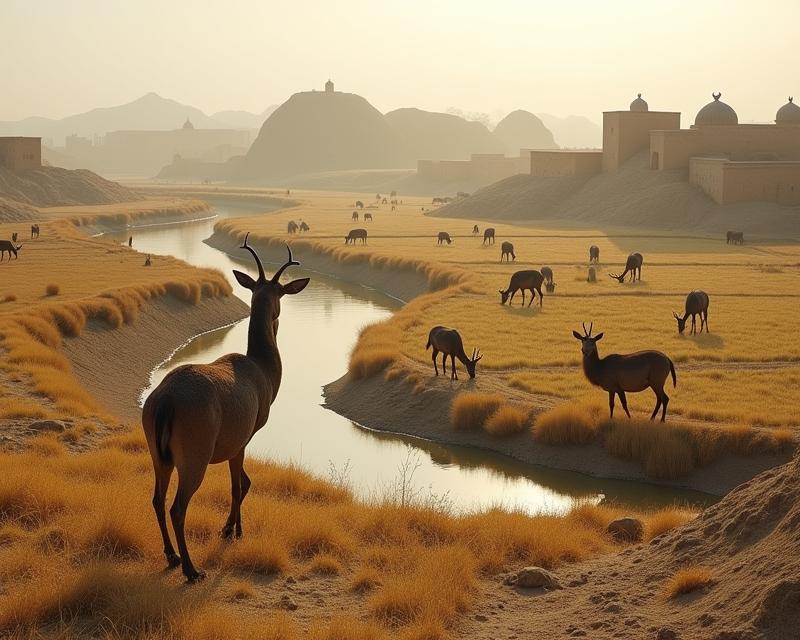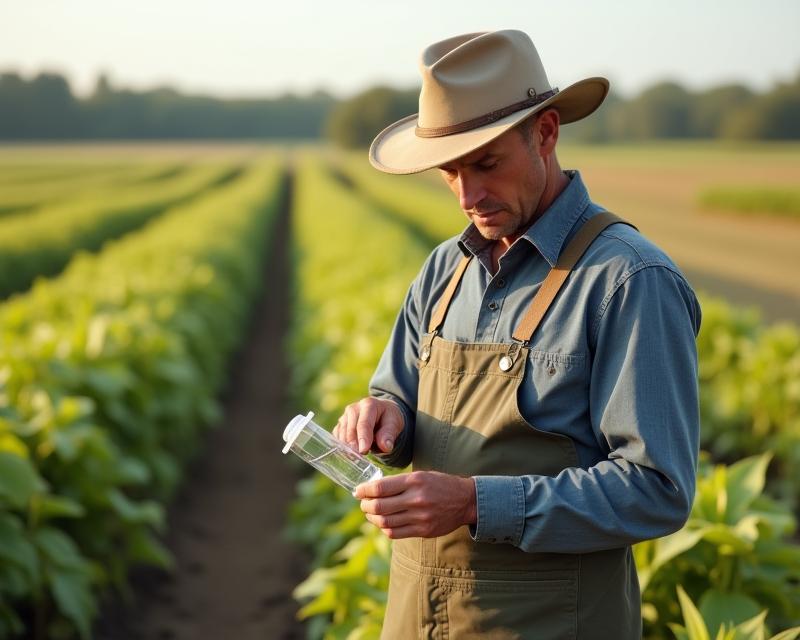Little Ice Age: Lessons from Past Crop Failures
Publish in Agriculture el 23/07/2025 16:59
Little Ice Age: Lessons from Past Crop Failures
Hey everyone! As farmers, gardeners, and ranchers, we're constantly navigating the unpredictable world of weather. But have you ever stopped to think about how drastically climate changes can impact our food supply? Today, we're diving into a fascinating – and sobering – chapter of history: the Little Ice Age in Europe. This period, roughly from the 14th to the 19th centuries, saw significant cooling temperatures and frequent climate disruptions, leading to widespread agricultural failures and famine. Understanding what happened then can offer valuable insights for our own farming practices today.

The Little Ice Age wasn't just a slightly colder period; it was a time of instability. Temperatures dropped, winters became harsher, and summers were often cooler and wetter than usual. This climate shift had a devastating impact on crop yields. Wheat, barley, and rye – the staples of European diets – struggled to thrive. Frosts became more frequent and severe, often occurring during critical growth stages. Unpredictable weather patterns made planting and harvesting incredibly risky. Imagine trying to plan your entire season when you don't know if a late frost will wipe out your entire crop!
The consequences of these agricultural failures were dire. Crop losses led to widespread food shortages and famine. People faced malnutrition, disease, and social unrest. Historical records detail numerous instances of starvation and mass mortality during this period. The economic impact was also significant, with trade disrupted and agricultural communities devastated. It's a stark reminder of how vulnerable our food systems can be to even relatively small climate shifts. Think about it: a few degrees of temperature change can have a ripple effect throughout the entire agricultural process, from seed germination to the final harvest.
So, what can we learn from the Little Ice Age? Firstly, it highlights the importance of resilience in farming. Diversifying crops, using frost-resistant varieties, and implementing water conservation techniques are all strategies that can help mitigate the impact of unpredictable weather. Secondly, it underscores the need for careful planning and risk management. Understanding historical climate patterns and adapting our practices accordingly can help us navigate future challenges. Finally, it emphasizes the interconnectedness of our food systems and the importance of sustainable farming practices that protect our soil and water resources. By learning from the past, we can build more resilient and sustainable agricultural systems for the future. Let's strive to be proactive and prepared, just as our ancestors had to be during the Little Ice Age.





